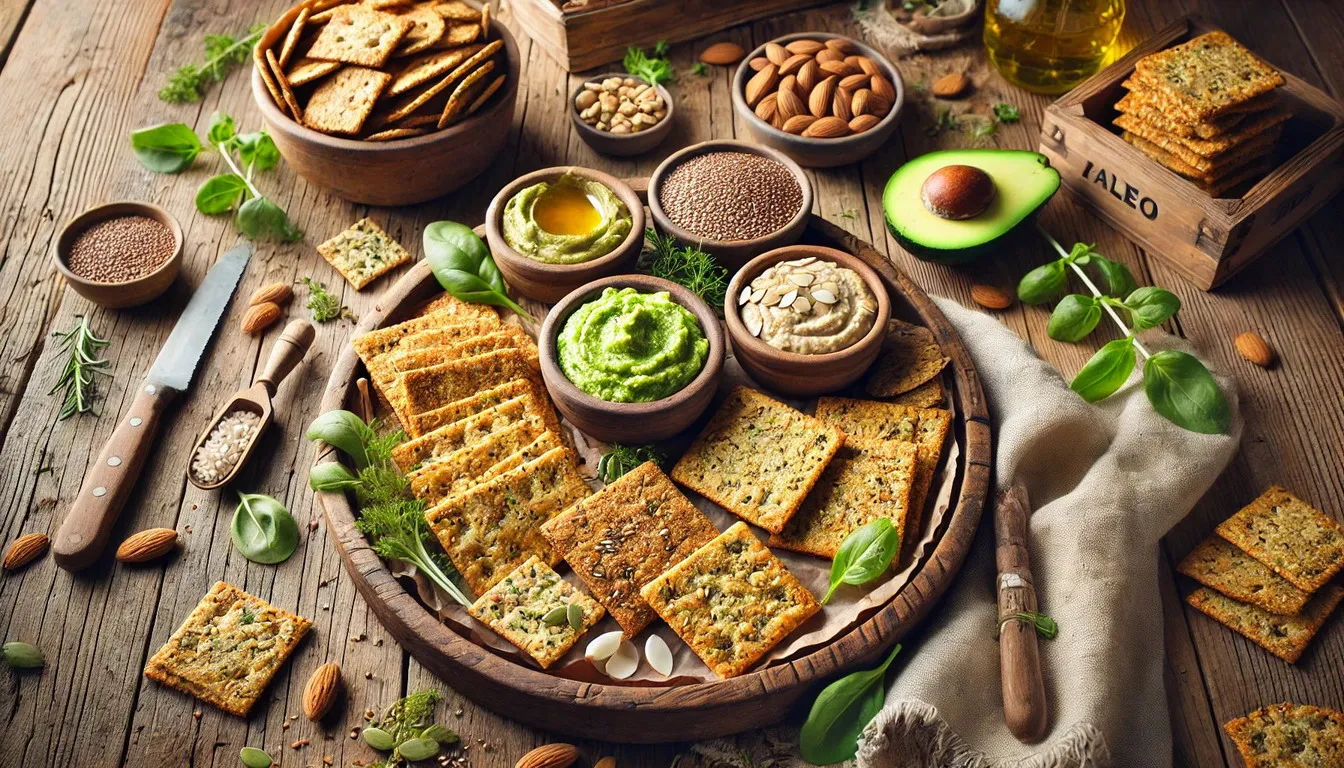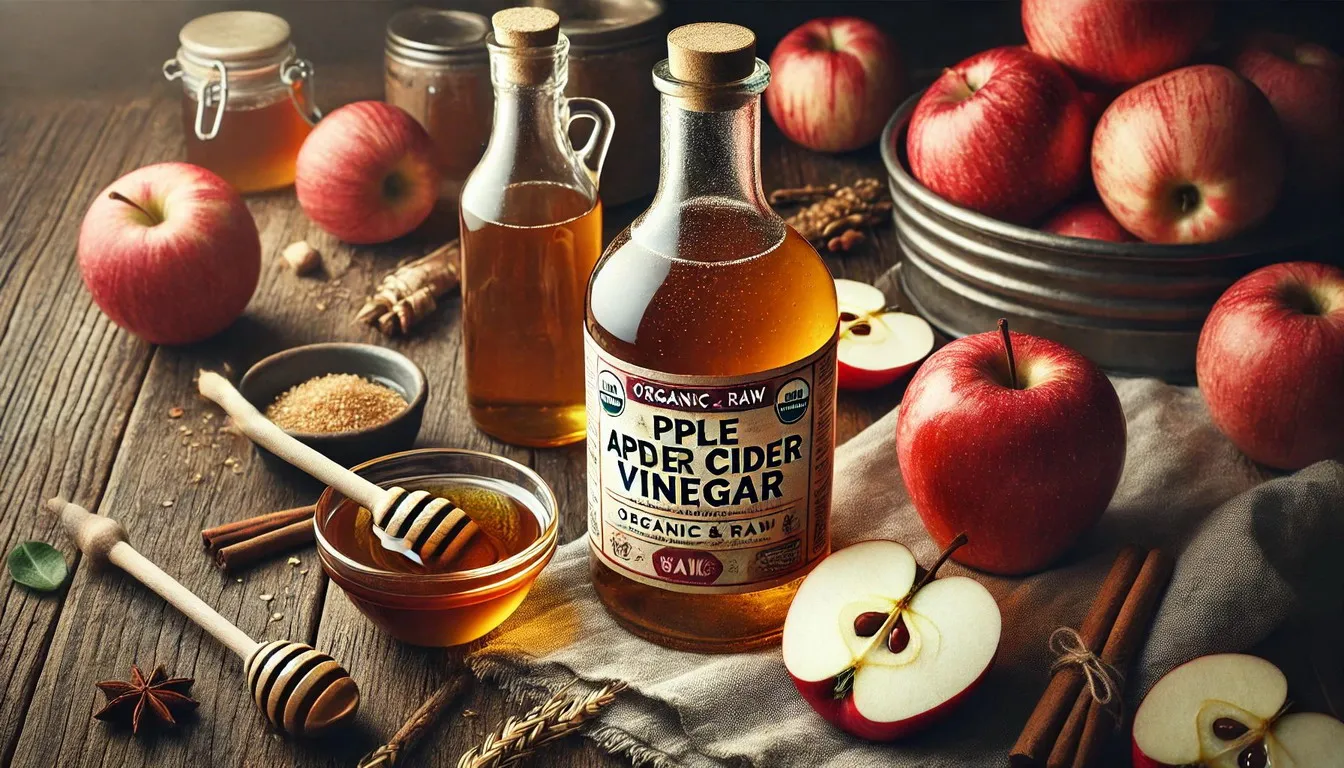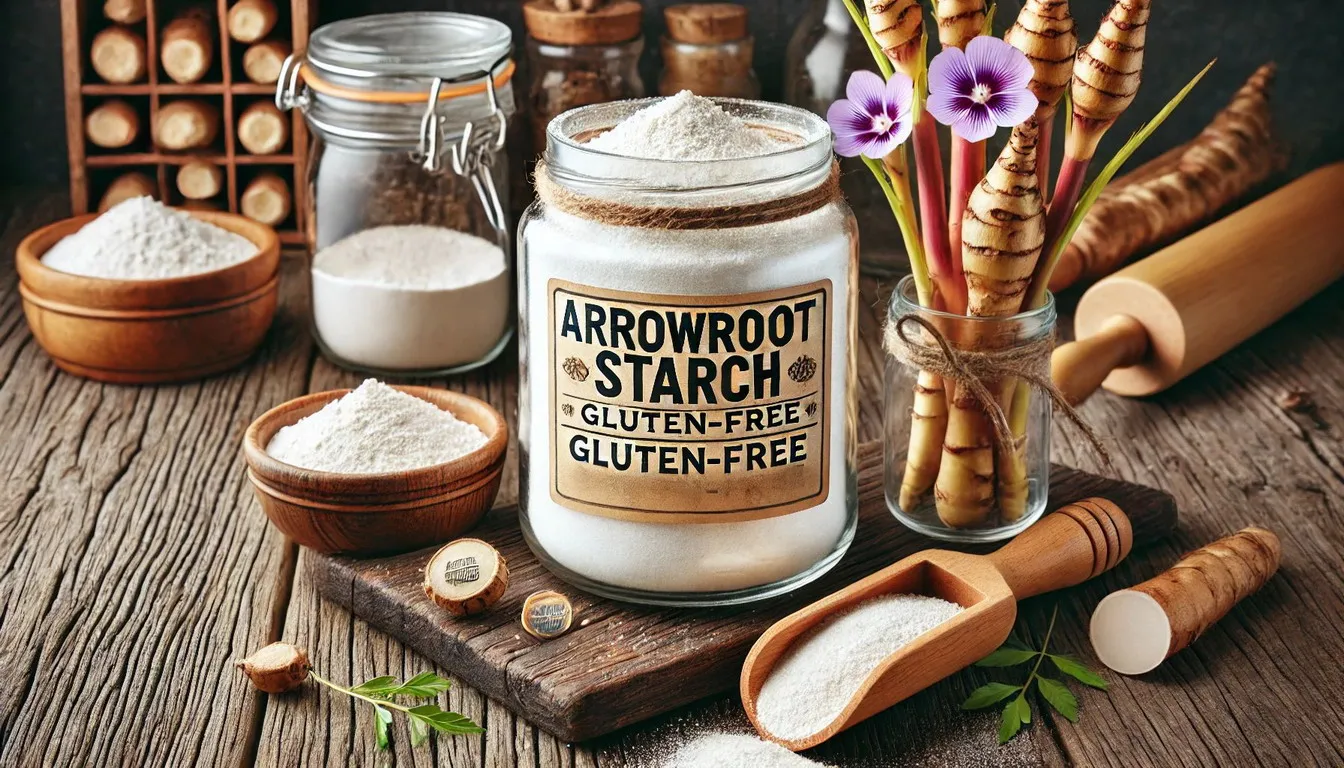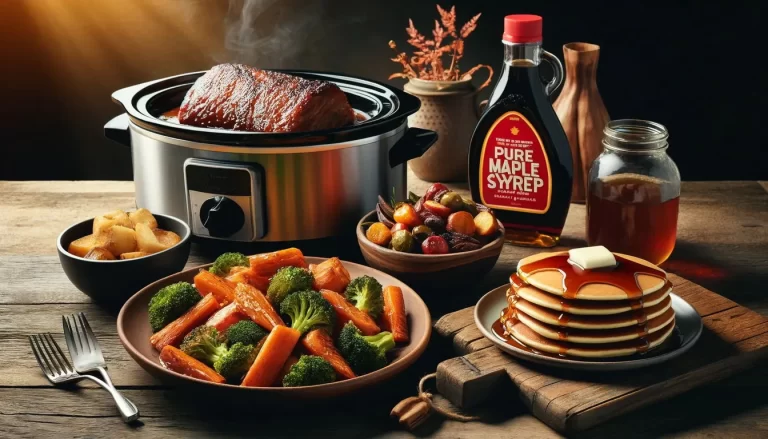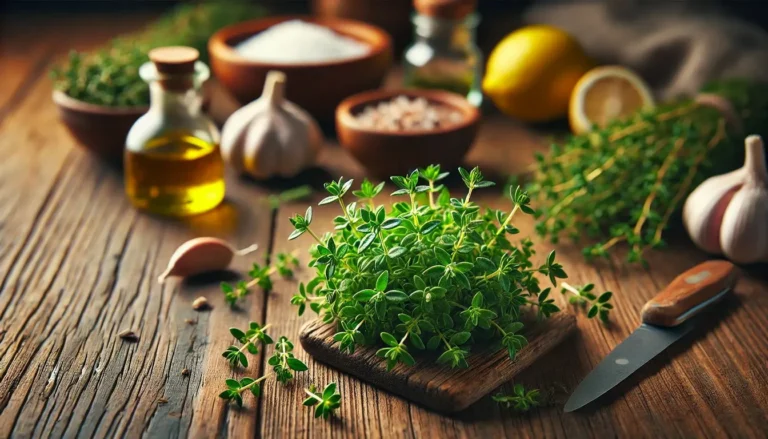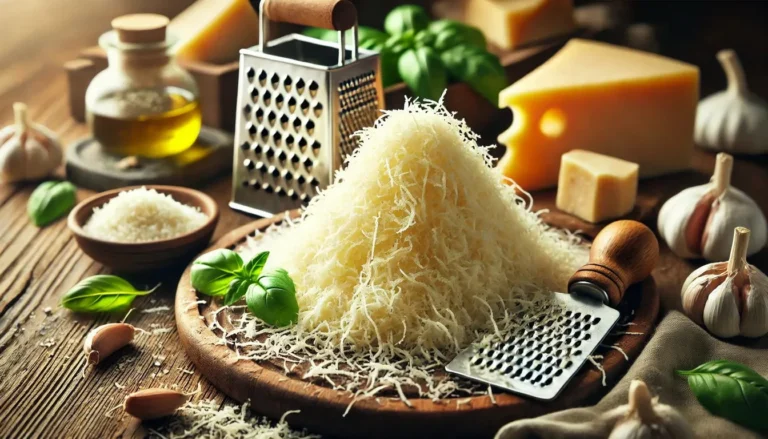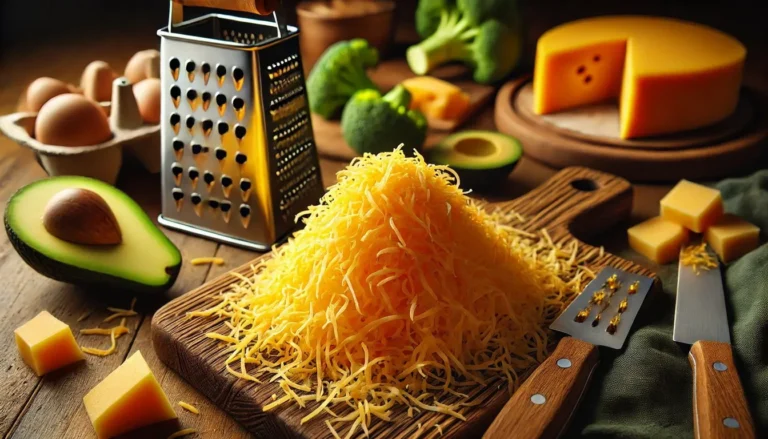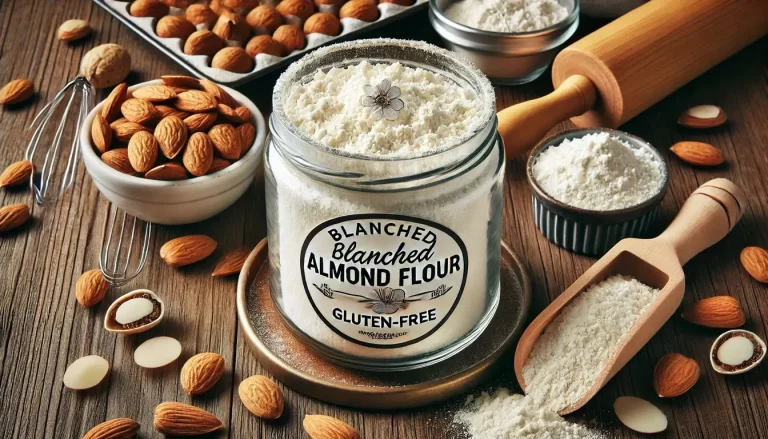Water chestnuts, often mistaken for a nut due to their name, are actually aquatic tuber vegetables that thrive in marshes, ponds, and shallow lakes. These crunchy, slightly sweet vegetables are not only a staple in Asian cuisine but also offer numerous health benefits. This article explores the nutritional profile, health benefits, culinary uses, and environmental aspects of sliced water chestnuts. Additionally, we’ll address common questions in the FAQ section.
What Are Water Chestnuts?
Water chestnuts (Eleocharis dulcis) are aquatic plants native to Southeast Asia, China, India, and other tropical regions. They grow in marshy conditions and are known for their crisp texture and subtle flavor. The edible part of the water chestnut is the corm, which is found beneath the water’s surface.
Nutritional Profile
Water chestnuts are low in calories but packed with essential nutrients. A 100-gram serving of raw water chestnuts contains:
- Calories: 97
- Carbohydrates: 24 grams
- Protein: 1.4 grams
- Fat: 0.1 grams
- Fiber: 3 grams
- Vitamin B6: 16% of the Daily Value (DV)
- Vitamin C: 20% of the DV
- Potassium: 17% of the DV
- Manganese: 7% of the DV
- Copper: 10% of the DV
These nutrients contribute to the various health benefits associated with water chestnuts.
Health Benefits of Sliced Water Chestnuts
- Aids in Weight Loss Water chestnuts are low in calories and high in fiber, making them an excellent addition to a weight loss diet. The fiber content helps you feel full longer, reducing overall calorie intake.
- Supports Digestive Health The fiber in water chestnuts promotes healthy digestion by adding bulk to stool and preventing constipation. This can help maintain regular bowel movements and support overall digestive health.
- Boosts Immunity Rich in antioxidants like Vitamin C, water chestnuts can help boost your immune system. Antioxidants neutralize harmful free radicals, reducing the risk of chronic diseases.
- Provides Antioxidants In addition to Vitamin C, water chestnuts contain other antioxidants that protect cells from oxidative stress and inflammation. This can reduce the risk of conditions like heart disease and cancer.
- Promotes Heart Health The potassium in water chestnuts helps regulate blood pressure by counteracting the effects of sodium. A diet rich in potassium can reduce the risk of hypertension and support cardiovascular health.
Culinary Uses of Sliced Water Chestnuts
Sliced water chestnuts are incredibly versatile and can be used in a variety of dishes. Here are some popular culinary uses:
- Asian Stir-Fries Water chestnuts add a delightful crunch to stir-fries. They pair well with vegetables, meats, and sauces, enhancing the overall texture and flavor of the dish.
- Salads Add sliced water chestnuts to salads for an extra crunch. They work well with both green salads and grain-based salads.
- Soups and Stews Water chestnuts retain their crunch even after cooking, making them a great addition to soups and stews. They add a unique texture that complements the softness of other ingredients.
- Appetizers and Snacks Sliced water chestnuts can be used in appetizers like bacon-wrapped water chestnuts or incorporated into dips and spreads for added texture.
Cooking Methods and Tips
- Preparation Fresh water chestnuts need to be peeled and sliced before use. Canned water chestnuts are pre-peeled and sliced, making them a convenient option.
- Cooking Water chestnuts can be eaten raw, boiled, grilled, or stir-fried. They retain their crunch even when cooked, making them a versatile ingredient in both hot and cold dishes.
- Storage Store fresh water chestnuts in a cool, dark place for up to two weeks. Once peeled, they should be stored in water in the refrigerator and used within a few days. Canned water chestnuts should be rinsed and drained before use.
Buying and Preparing Sliced Water Chestnuts
- Where to Buy Fresh water chestnuts can be found in Asian grocery stores and some specialty markets. Canned water chestnuts are available in most supermarkets.
- Selecting Fresh Water Chestnuts Look for water chestnuts with firm, unblemished skin. They should feel heavy for their size and free from soft spots.
- Slicing and Prepping To slice fresh water chestnuts, first, peel off the outer skin with a knife or vegetable peeler. Then, slice them to the desired thickness.
- Safety Considerations Ensure that water chestnuts are thoroughly cleaned and peeled to avoid any potential contamination. Always use a clean knife and cutting board.
Recipes Featuring Sliced Water Chestnuts
- Simple Stir-Fry Recipe
- Ingredients: Sliced water chestnuts, bell peppers, snap peas, soy sauce, garlic, and ginger.
- Instructions: Stir-fry garlic and ginger in oil, add vegetables, and cook until tender. Add water chestnuts and soy sauce, cook for another 2-3 minutes.
- Refreshing Water Chestnut Salad
- Ingredients: Sliced water chestnuts, cucumbers, tomatoes, red onions, lime juice, cilantro.
- Instructions: Mix all ingredients in a bowl, toss with lime juice and cilantro, and serve chilled.
- Water Chestnut and Chicken Soup
- Ingredients: Sliced water chestnuts, chicken breast, chicken broth, ginger, green onions, soy sauce.
- Instructions: Boil chicken broth with ginger, add chicken breast and cook until done. Add water chestnuts and green onions, season with soy sauce.
- Crunchy Water Chestnut Snacks
- Ingredients: Sliced water chestnuts, soy sauce, honey, sesame seeds.
- Instructions: Marinate water chestnuts in soy sauce and honey, sprinkle with sesame seeds, and bake at 350°F for 15 minutes.
Environmental and Sustainability Aspects
Water chestnuts are generally grown in sustainable conditions, as they thrive in wetlands and do not require extensive land clearing. However, it’s essential to source them from responsible growers who prioritize environmental conservation.
Sliced water chestnuts are not only a delicious addition to various dishes but also offer numerous health benefits. Their unique texture and mild flavor make them a versatile ingredient in both traditional and modern cuisine. By incorporating water chestnuts into your diet, you can enjoy their nutritional benefits while adding a delightful crunch to your meals.
FAQ
Q: Are water chestnuts and chestnuts the same? A: No, water chestnuts are aquatic tuber vegetables, while chestnuts are nuts that grow on trees.
Q: Can you eat water chestnuts raw? A: Yes, water chestnuts can be eaten raw, offering a crisp and refreshing texture.
Q: How do you store fresh water chestnuts? A: Fresh water chestnuts can be stored in a cool, dark place for up to two weeks. Once peeled, they should be stored in water in the refrigerator and used within a few days.
Q: Are canned water chestnuts as nutritious as fresh ones? A: Canned water chestnuts retain most of their nutritional value, but fresh water chestnuts may have a slightly better texture and flavor.
Q: What dishes can I make with water chestnuts? A: Water chestnuts can be used in stir-fries, salads, soups, stews, and appetizers. They add a unique crunch and mild flavor to a variety of dishes.
Q: Are water chestnuts gluten-free? A: Yes, water chestnuts are naturally gluten-free and can be enjoyed by those with gluten sensitivities or celiac disease.
By exploring the many facets of sliced water chestnuts, you can appreciate their versatility and health benefits, making them a valuable addition to your culinary repertoire.

